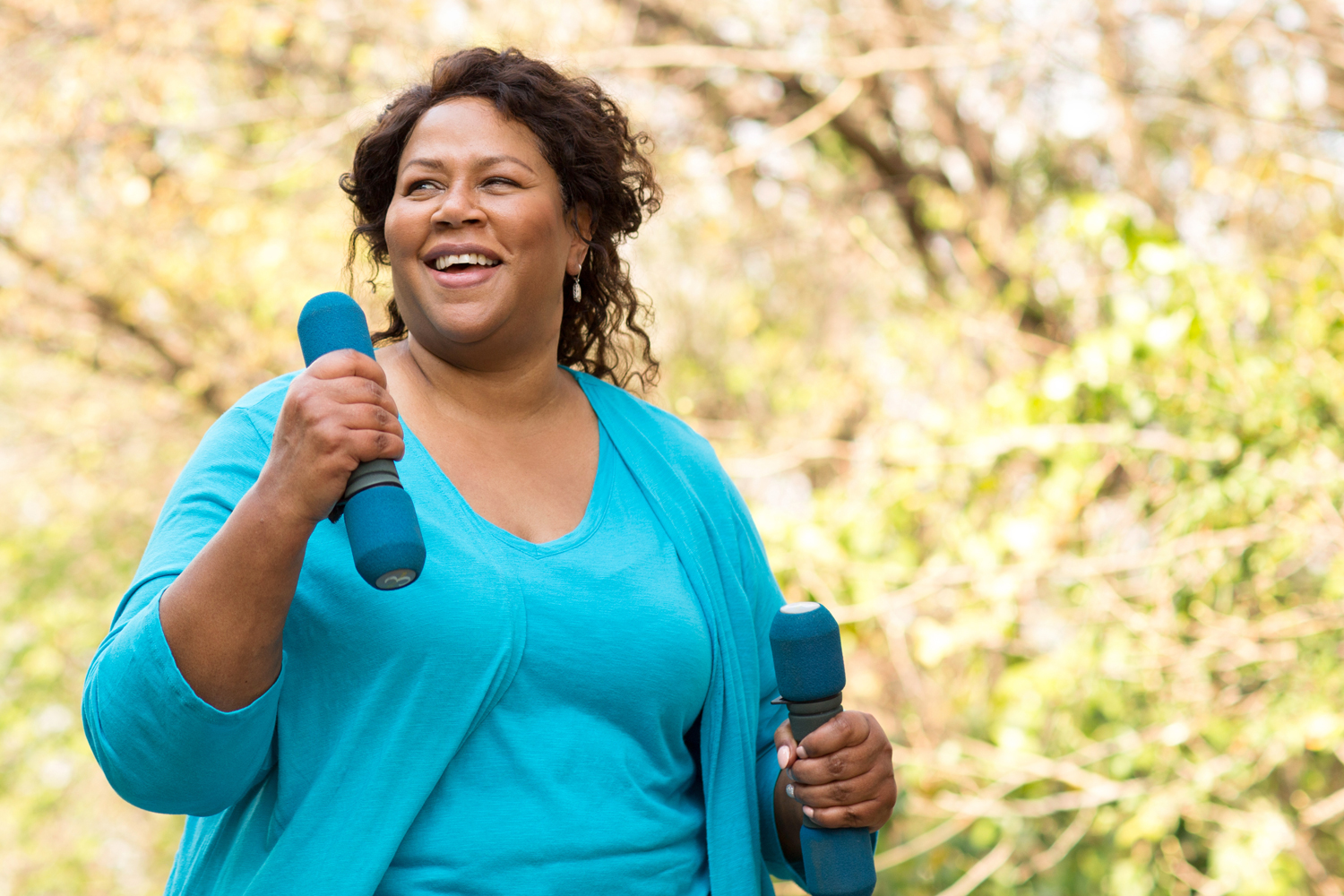Every week, the editors of Cancer Today magazine bring you the top news for cancer patients from around the internet. Stay up to date with the latest in cancer research and care by subscribing to our e-newsletter.
Just 11 Minutes of Daily Exercise Can Decrease Risk of Cancer, Other Diseases
Exercising as few as 11 minutes per day can reduce the chance of developing cancer or cardiovascular disease, along with premature death, according to a study published this week in the British Journal of Sports Medicine. Researchers reviewed data from 196 previously published studies involving more than 30 million participants. Their analysis showed people who participated in the recommended 150 minutes of moderate-to-vigorous aerobic exercise per week had a 12% lower risk of cancer, a 27% lower risk of cardiovascular disease and a 31% lower risk of all-cause mortality compared with those who did not exercise. Those only getting half of the recommended amount of weekly exercise—which equates to 11 minutes per day—also experienced health benefits. They had a 7% lower risk of cancer, a 17% lower risk of cardiovascular disease and a 23% lower risk of early death. “One in 10 premature deaths could have been prevented if everyone achieved even half the recommended level of physical activity,” the study authors wrote. Exercise can improve cardiovascular health, cholesterol, immune function and hypertension, as well as reduce body fat, which could explain the reduced overall mortality among those who regularly exercised, Eleanor Watts, a cancer epidemiologist at the National Cancer Institute in Bethesda, Maryland, who was not involved in the study, told CNN.
Robotic Bronchoscopy Helps Find Lung Cancer Early
New technology is helping doctors detect lung cancer earlier than previously possible—a key step toward preventing lung cancer deaths. The Today show reported the City of Hope Comprehensive Cancer Center in Duarte, California, is one of the first cancer centers to offer robotic bronchoscopy. The procedure uses a long, flexible camera that can navigate through the lung’s smallest passages in search of cancer cells that standard screening tests cannot find. This procedure also can biopsy tissue, leading to quicker diagnosis. More people die from lung cancer than from breast, colon and prostate cancers combined. “If you look at cancers that are detected with lung cancer screening, over 90% of them are cured,” said Jae Kim, thoracic surgery chief at City of Hope, emphasizing the importance of early detection. However, only 3% of lung cancers are found through screening because just 6% of eligible people undergo screening, according to Kim. The Today show highlighted City of Hope patient Devonne Swift, whose lung cancer was caught early via robotic bronchoscopy in 2021. She underwent surgery and is now free of cancer. “Please just take the time out to go get checked; it will save your life,” Swift said.
Mandatory Paid Sick Leave Increases Cancer Screening Rates
Offering paid sick leave appears to increase the odds people will undergo cancer screening, according to a study published this week in the New England Journal of Medicine. From 2012 to 2019, researchers followed 2 million people across the country who had health insurance through their jobs and were in the recommended age range for breast and colon cancer screening. During that time, 61 of the 300 areas involved in the study passed regulations requiring companies to offer paid sick leave. In those areas, colon cancer screenings were 8% higher than in areas that didn’t mandate paid sick leave, and mammography rates were 3% higher. Researchers noted having to take unpaid sick leave can be a barrier to screening for many people, especially low-income Americans, who can least afford to go without a day’s paycheck. Additionally, preventive care, like screenings, “could be the first thing to go” if people need to save money, Kevin Callison, the study’s lead author and a health policy professor at Tulane University in New Orleans, told U.S. News & World Report. Currently, about 25% of U.S. workers do not have paid sick leave. If expanded to all workers, colon cancer screening rates among people who currently have no paid sick leave could jump by up to 29%, and mammography rates could increase by up to 12%, researchers projected.
Cancer Today magazine is free to cancer patients, survivors and caregivers who live in the U.S. Subscribe here to receive four issues per year.





